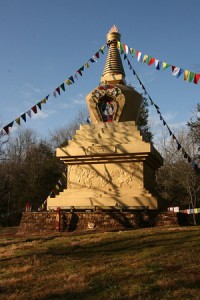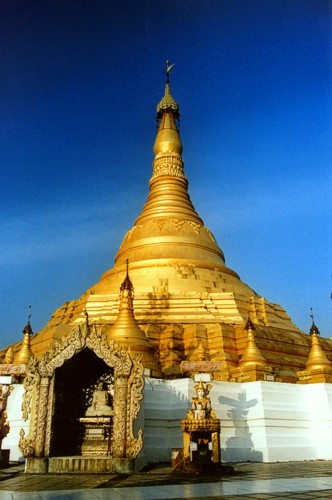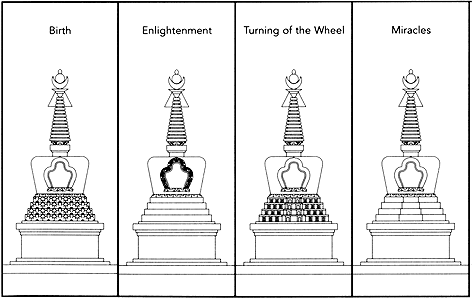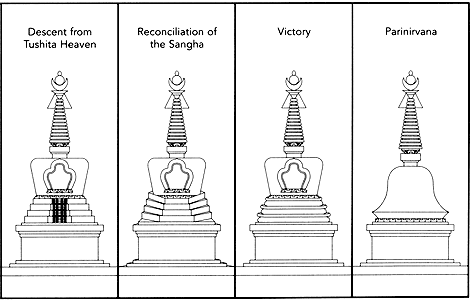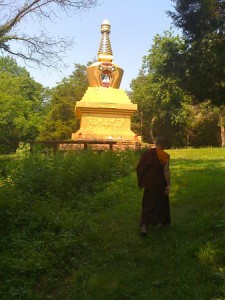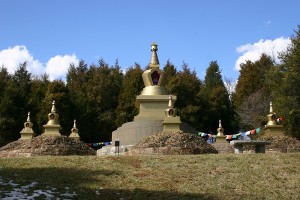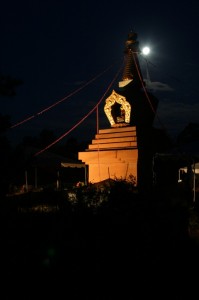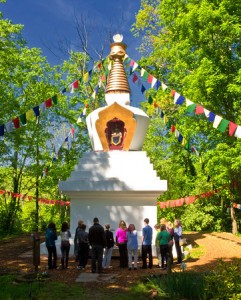The following is an excerpt from a teaching by Jetsunma Ahkon Lhamo called “This Time Is Radical”
Why is it more practice now? Because it is needed; because there is so much suffering. And this is your opportunity in this very lifetime, not only to enter onto the path of Dharma and practice, but to give rise to the great Bodhicitta. Bodhicitta is not just a word. It is awakening. It is awakening to the nature that is the primordial wisdom Buddha nature, and that nature is not different from Bodhicitta. They are the same, the same light, the same essence. They cannot be separated. Anytime we practice Bodhicitta and offer simple kindness, and simple mindfulness to the people around us in order to be kind, this is a great work. I’ve been screaming about this for years, but now it’s so much more important than ever because there is so little of this nectar of kindness in the world. This very country used to have altruistic ideals, and now it’s all run by companies. It’s crazy.
And so while the darkness is coming to us thicker and thicker all the time, and the holy places in the world… When you think about what is happening for instance in Nepal in Katmandu: Stupas and relics and important Buddhist monuments are being threatened. And so where will the Dharma be safe?
I know where. Right here. Right there [pointing at her heart]. That’s where the Dharma is going to be safe. And for every stupa that someone knocks down, I will build another one. That’s the way I feel about that. And in this time of darkness when more and more people hate, and more and more people that have karma to practice the path even leave the path because their delusion has grown so thick, in this time we have to get our shoulder against the darkness and push. Now I know that’s not very Zen, but we’re not practicing Zen here. We’re practicing rough, tough Buddhism from Brooklyn. And what I’m telling you is that we do need to hold the darkness at bay, and each one of us has the capacity to help with that. When we practice and we generate the deity, there is the deity and you should have confidence with that. When we practice and make offerings, there is great merit accumulated.
Here in this place, we’ve set it up. There is every opportunity to gather merit, and to offer that merit to end the suffering of sentient beings. It is set up so well here. We have stupas. We can offer gold paint every year. We can offer circumambulation. Nowhere else in America is there so much of this. We have to get behind this, and we have to be impassioned.
Copyright © Jetsunma Ahkon Norbu Lhamo All rights reserved
